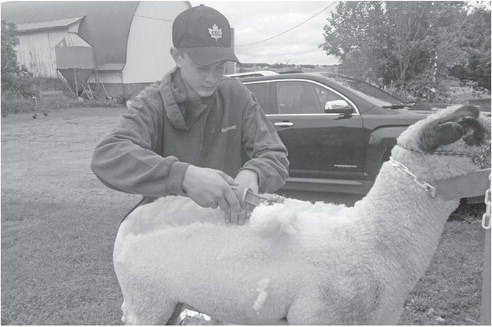Eckert has learned to show lambs from the ground up


He grew up around dairy cows and decided to show lambs
Jacob Eckert, 14, is a self-described farm kid.
He grew up around ...


He grew up around dairy cows and decided to show lambs
Jacob Eckert, 14, is a self-described farm kid.
He grew up around ...